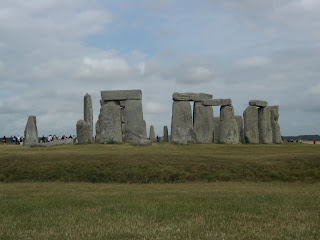We were split up into two groups again. My group started with a look at some of the the items in the archives. Among the many items on display, Mike Bevan, the Archive Manager, showed us some materials related to a sea captain named Henry George Kendall, to show us how these materials would be of use to a researcher coming to the library and archives. The archive has Kendall's extra master certificate (there was no formal qualification process for mariners until the mid-19th century).
The archive also has a letter from Kendall requesting a duplicate certificate, as the original was lost when his ship was torpedoed and sunk.
These documents can be extremely helpful for those researching their family histories, as the documents can list vessels the person served on, key events that took place on those vessels, the person's home address, and even a physical description of them. If you go on Ancestry.com, the digital collection of master certificates available there come from the National Maritime Museum! I almost wish I had some maritime history in my family. One could certainly learn a lot of detail about their ancestors here.
Many visitors to the library and archives are family historians researching their genealogy, while others are professional researchers and writers. The library has a video on its web page (I couldn't embed it here) that features library users explaining what they like about the library and its collection.
One of my classmates asked Mr. Bevan about his background: how had he come to work as a librarian at a maritime museum? Did he have a particular interest or background in the subject? His answer was no; his career path serendipitously wound its way there. This shouldn't have come as a surprise. I've heard so many similar stories since I started my master's program--of librarians who started in one type of library and switched to another with little background knowledge. Learning is just part of the job.
At the museum, the librarians and archivists teach themselves and each other about the collection: each staff member writes an item for the Item of the Month feature on its website once a year and one or two blog posts for the library's blog. I'm looking forward to being part of a profession where you are encouraged to learn as you go, and there's always something new to learn and pass on.
At the museum, the librarians and archivists teach themselves and each other about the collection: each staff member writes an item for the Item of the Month feature on its website once a year and one or two blog posts for the library's blog. I'm looking forward to being part of a profession where you are encouraged to learn as you go, and there's always something new to learn and pass on.























































